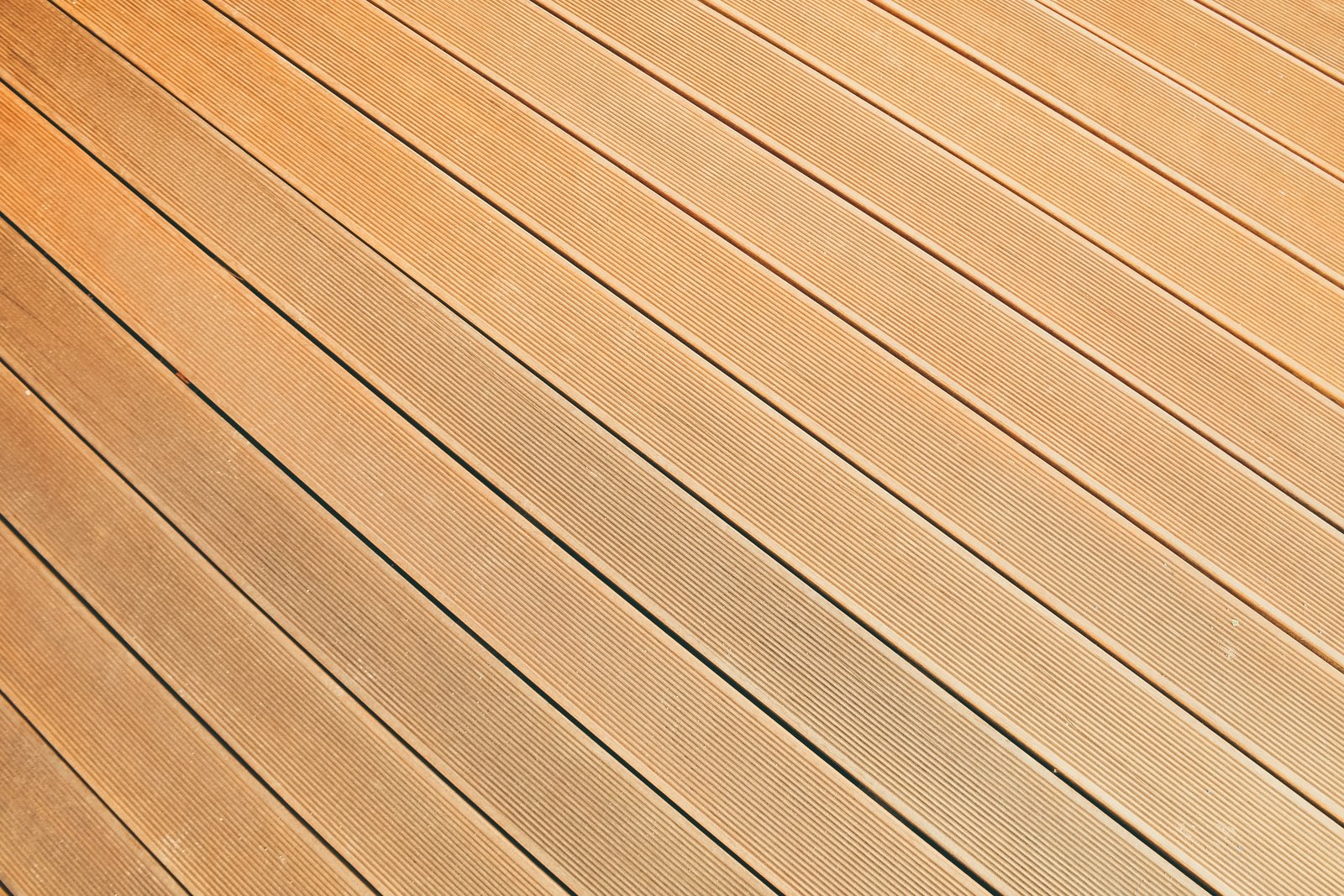
Proper installation techniques are critical to ensuring the durability and performance of SPC (Stone Plastic Composite) flooring. One frequently debated question is whether an expansion gap is necessary. Skipping this step could lead to buckling, warping, or damage over time, even for a material as durable as SPC.
Yes, SPC flooring requires an expansion gap of about 1/4 inch around the perimeter to accommodate natural expansion and contraction caused by temperature and humidity changes. Without this gap, the flooring may buckle or shift under pressure, especially in large spaces.
Understanding the role of expansion gaps, their installation requirements, and potential issues can ensure your SPC flooring remains stable and long-lasting.
What is an expansion gap, and why is it needed?
An expansion gap is a small gap left between the flooring and walls, cabinets, or other fixed objects. It allows the flooring to expand and contract without causing damage.
Expansion gap snippet
Expansion gaps prevent SPC flooring from buckling or warping by allowing room for natural movement caused by temperature or humidity changes.

- Thermal expansion: Even though SPC is dimensionally stable, it can still expand slightly in response to temperature fluctuations.
- Humidity effects: Changes in humidity can cause the flooring to expand or contract. The expansion gap absorbs this movement, preventing stress on the planks.
- Structural integrity: Without a gap, SPC flooring could push against walls or fixed objects, leading to lifting, buckling, or cracking.
| Feature | Role of Expansion Gap | Example Impact |
|---|---|---|
| Thermal expansion | Accommodates movement | Prevents buckling |
| Humidity adjustment | Absorbs moisture effects | Maintains stability |
| Structural protection | Prevents stress buildup | Extends flooring lifespan |
SPC flooring does not require an expansion gap.False
SPC flooring needs an expansion gap to allow for natural movement and prevent damage.
How much expansion gap does SPC flooring need?
The size of the expansion gap depends on the dimensions of the room and the manufacturer’s guidelines. Following these recommendations ensures proper performance.
Expansion gap size snippet
SPC flooring typically requires an expansion gap of 1/4 to 1/2 inch around the perimeter of the room and any fixed objects.

- Standard size: Most manufacturers recommend a 1/4-inch gap for residential installations. Larger spaces or commercial areas may require up to 1/2 inch.
- Room size consideration: For larger rooms, additional transition strips may be needed to divide the space into smaller sections and maintain proper gaps.
- Manufacturer guidelines: Always consult the specific installation instructions for your SPC product to ensure compliance with warranty requirements.
| Room Dimension | Recommended Gap Size | Additional Requirements |
|---|---|---|
| Small rooms (<300 sq. ft.) | 1/4 inch | Standard gap sufficient |
| Large rooms (>300 sq. ft.) | 1/4–1/2 inch | May need transition strips |
| Commercial spaces | 1/4–1/2 inch | Follow manufacturer guidance |
A uniform expansion gap of 1 inch is required for all SPC flooring installations.False
Most SPC flooring only needs a 1/4 to 1/2 inch gap depending on the room size.
What happens if SPC flooring is installed without an expansion gap?
Skipping the expansion gap can lead to several issues that may compromise the integrity and lifespan of your flooring.
Consequences snippet
Installing SPC flooring without an expansion gap can cause buckling, warping, or gaps between planks as the flooring expands or contracts.

- Buckling: As SPC flooring expands, the absence of a gap creates pressure against walls and fixed objects, causing the planks to lift or warp.
- Separation: Contraction during cooler months can lead to noticeable gaps between planks.
- Damage to fixed structures: Flooring pushing against walls, cabinets, or door frames can lead to structural damage over time.
| Problem | Cause Without Expansion Gap | Example Scenarios |
|---|---|---|
| Buckling | Expansion stress | Hot or humid environments |
| Gapping | Contraction during cooling | Dry, cold environments |
| Structural damage | Pressure on fixed objects | Over-tight installation |
SPC flooring will perform well even without an expansion gap.False
Without an expansion gap, SPC flooring may buckle or separate over time.
How do you properly create an expansion gap for SPC flooring?
Installing an expansion gap correctly ensures your flooring performs as intended, even in challenging environmental conditions.
Installation snippet
Use spacers to maintain a consistent expansion gap of 1/4 to 1/2 inch during SPC flooring installation. Remove the spacers after the planks are secured.

- Prepare the subfloor: Ensure the subfloor is clean, level, and free of debris.
- Position spacers: Place spacers along the walls and fixed objects to maintain the correct gap size.
- Install planks: Fit the SPC flooring planks together using the click-lock system, keeping the edges against the spacers.
- Remove spacers: After the installation is complete, remove the spacers and cover the gaps with baseboards or trim for a finished look.
| Step | Purpose | Tips for Success |
|---|---|---|
| Place spacers | Maintain consistent gap | Use high-quality spacer tools |
| Install planks | Ensure proper fit | Do not push planks tightly |
| Add baseboards/trim | Cover expansion gaps | Use flexible molding |
Expansion gaps can be skipped if baseboards are used.False
Baseboards cover the gap but do not eliminate the need for the gap itself.
Conclusion
SPC flooring requires an expansion gap of 1/4 to 1/2 inch to accommodate natural expansion and contraction caused by temperature and humidity changes. Properly maintaining this gap prevents buckling, warping, and other issues, ensuring your flooring remains stable and long-lasting. Following manufacturer guidelines and best installation practices will help you achieve the best results.
Call to Action
Need professional advice on installing SPC flooring with the right expansion gap? Contact us today for expert tips, high-quality products, and support for your next flooring project. Let us help you achieve a flawless and durable installation.
External Footnotes Links
- SPC Flooring Installation Guidelines
- The Importance of Expansion Gaps in Flooring
- Avoiding Buckling in SPC Flooring
- Subfloor Preparation for SPC Flooring
- Common Installation Mistakes with SPC Flooring
- SPC Flooring Room Size Considerations
- Tools for Proper Flooring Installation
- Handling Temperature Changes with SPC Flooring
- Transition Strips for Large Flooring Spaces
- SPC Flooring Warranty Requirements


